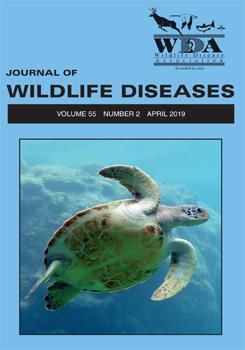Leptospirosis is an occupational risk for military personnel and many cases have been reported worldwide. Rodents are the most important maintenance hosts for Leptospira spp. and may infect both animals and humans. To determine the occurrence and identity of pathogenic Leptospira spp. in rodent and shrew populations in German military camps in Afghanistan, we examined 751 animals (Mus musculus, Cricetulus migratorius, Meriones libycus, Rattus tanezumi, Crocidura cf. suaveolens, and Suncus etruscus) from four military camps in Northern Afghanistan from 2009–12. Leptospiral DNA was found in 1.1% of the animals and only in Mus musculus. Partial secY sequencing identified Leptospira borgpetersenii and Leptospira kirschneri as infecting genomospecies. Multilocus sequence typing was successful in the L. borgpetersenii samples, which were identified as sequence type 155. The low prevalence we observed suggested that the exposure risk of military personnel to infectious Leptospira spp. in the region is low.
How to translate text using browser tools
9 April 2019
Leptospira spp. in Rodents and Shrews from Afghanistan
Anne Mayer-Scholl,
Jens P. Teifke,
Niclas Huber,
Enno Luge,
Nadja S. Bier,
Karsten Nöckler,
Rainer G. Ulrich
ACCESS THE FULL ARTICLE

Journal of Wildlife Diseases
Vol. 55 • No. 2
April 2019
Vol. 55 • No. 2
April 2019
diagnostics
emerging diseases
infectious diseases
leptospirosis
Microbiology
molecular biology
multilocus sequence typing




